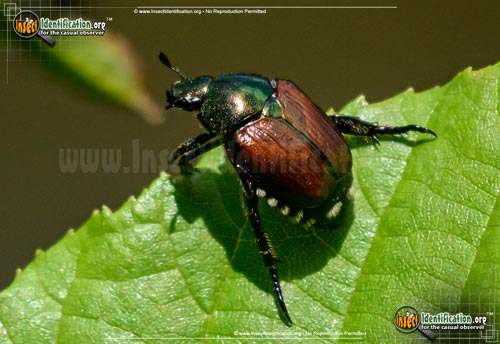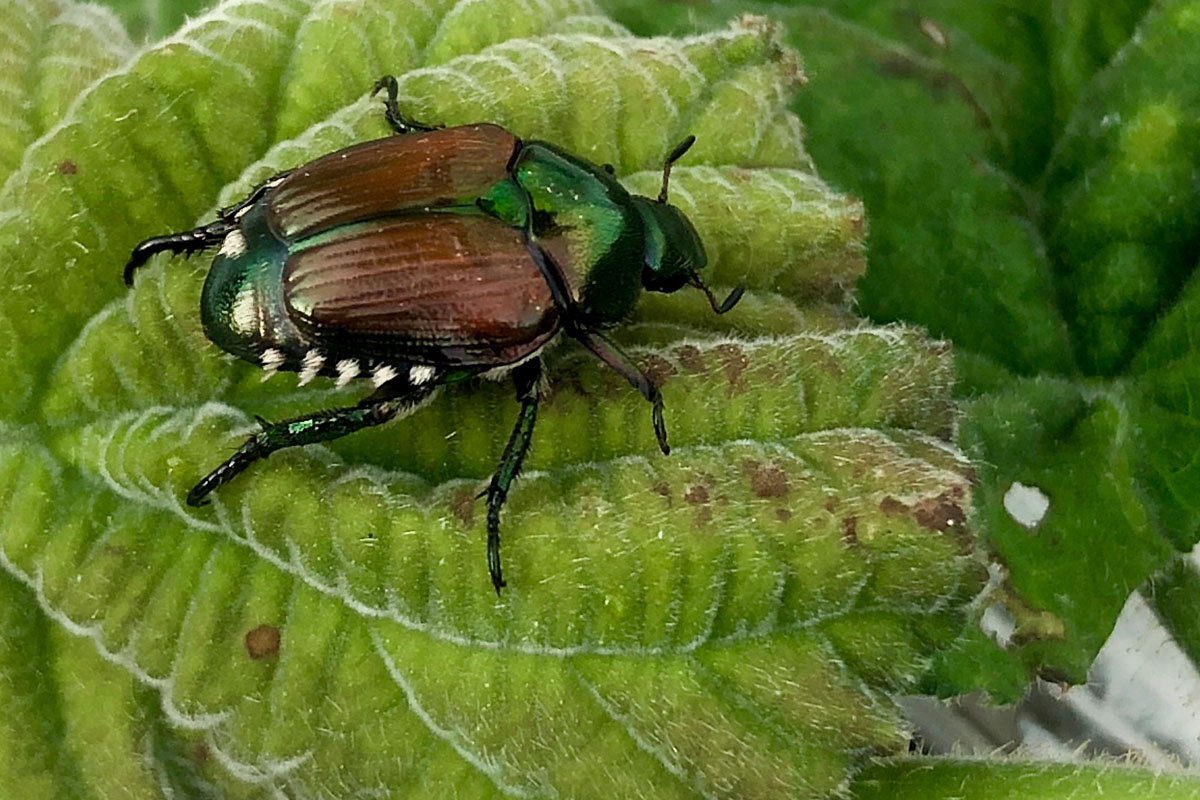japanese beetle life cycle ontario
We need to return to the Japanese Beetle life cycle Timing Nematode Treatments to JB Life Cycle July to September. It is not very destructive in Japan where it is controlled by natural predators but in North America it is a noted pest of about 300 species of plants including rose bushes.

Pest Alert Japanese Beetle What You Need To Know Mgabc
The best way to control adult beetles is to make a preemptive strike in the spring well in advance of the adults emerging.
. Eggs hatch within a week or. They then feed mate and lay eggs. The beetle has six small tufts of white hair along the sides and back of its body under the edges of its wings.
The males usually are. How to Recognize the Japanese Beetles Life Stages. The life cycle of the Japanese beetle is typically one year in most parts of the United States but this can be extended in cooler climates.
Grab a bucket and fill it with soapy water then handpick or shake the bugs into the bucket to kill them. After this spring feeding period during the third summer of its life cycle the grub. There are many different species of known beetles in Ontario.
Japanese Beetle Life Cycle. Mating Ottawa Ontario Canada. Japanese Beetle Popillia japonica adults are starting to take flight in southern Ontario.
Japanese beetle life cycle starts as an egg that hatches into a white grub then pupates and emerges as a shiny adult beetle. The Japanese beetles body is a striking metallic green with copper-colored elytra wing covers covering the upper abdomen. The adult beetles are approximately 13 mm 05 in in length and can be easily identified by their bright metallic-green head and coppery wings tinged with green edges.
The Japanese beetle Popillia japonica is a species of scarab beetleThe adult measures 15 mm 06 in in length and 10 mm 04 in in width has iridescent copper-colored elytra and a green thorax and head. During the same year three additional adults were captured at Yarmouth and three at Lacolle in Southern Quebec. A typical cluster of Japanese beetle eggs.
The adult Japanese beetle is a little less than half an inch long and has a shiny metallic-green body with bronze-colored outer wings. Japanese beetles are sluggish and sleepy in the early morning and their iron-like grips are often very relaxed making them easy to shake off. Our female JBs begin laying her eggs in July.
Midsummer the eggs hatch and the young grubs begin to feed. This cycle is repeated until the female lays 40 to 60 eggs. The egg larva and pupa life cycle stages develop underground and unless soil is removed or dug into these.
Here in Ontario adults emerge from the soil in late June through mid-July dependent on weather conditions. There are five distinctive tufts of white hairs line each side of the body and two additional tufts marking the tip of the abdomen. Each grub is about an inch long when.
The adult beetle measures just about 12 inch in length. Their normal life span is from 30 to 45 days. Mating Ottawa Ontario Canada.
A female can lay up to 60 eggs in her lifetime. Japanese beetles have a host range in excess of 300 plants. The beetles life cycle takes one year.
You can leave the dead beetles beside your plant to scare off any future munchers. During the summer feeding period females intermittently leave plants burrow about 3 inches into the groundusually into lawnsand lay a few eggs. Only the nematode heterorhabditis bacteriophora is effective in Japanese beetle grub control.
Feeding Ottawa Ontario Canada. The Japanese beetle is native to the main islands of Japan and was first discovered in North America in southern New Jersey USA in 1916. Adults are highly attracted to grape vines and when Japanese beetle adults appear in large numbers extensive defoliation can occur.
The first Japanese beetle found Canada was in a tourists car at Yarmouth arriving in Nova Scotia by ferry from Maine in 1939. For instance in its native Japan the beetles life cycle is two years long as a result of the higher latitudes of. The life cycle of the Japanese beetle is typically one year in most parts of the United States but this can be extended in cooler climates.
Japanese Beetle Life Cycle. Feeding Ottawa Ontario Canada. Females lay eggs in spring when they emerge from the ground.
Preferred plants for adult feeding are grape early apples cherry peach plum raspberry woody ornamentals rose zinnia linden and corn. For instance in its native Japan the beetles life cycle is two years long as a result of the higher latitudes of. Homeowners encounter Japanese beetles during the early summer months as the beetle adults fly and gather in clusters to feed upon plant leaves consuming the soft leaf tissue between the leaf veins but not eating the leafs veins.
They have 12 white tufts of hair along the margin of their abdomen. Japanese beetles have only one generation a.

Japanese Beetles Coming Soon To A Plant Near You Fight Back
Life Cycle Of The Japanese Beetle Including A Eggs David Cappaert Download Scientific Diagram

Get Rid Of Japanese Beetles And Take Your Garden Back
Problems With Japanese Beetles Ontario Hop Growers Association
Japanese Beetles In Nursery And Turf
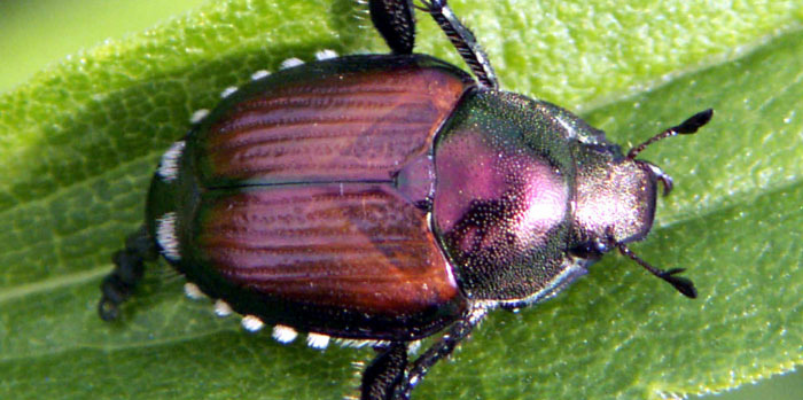
Cdfa Plant Health Japanese Beetle

How To Use The Japanese Beetle Growing Degree Day Model Pest Prophet Blog

Japanese Beetle Control The Good Earth Garden Center
Japanese Beetle Management In Minnesota
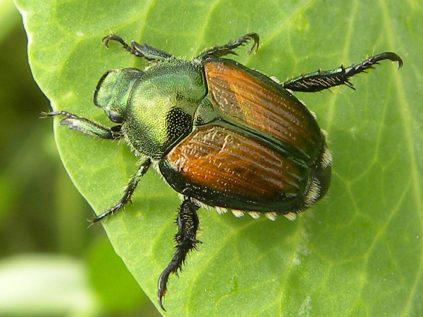
Invasive Species Series 2020 Japanese Beetle Popillia Japonica Pike County Conservation District
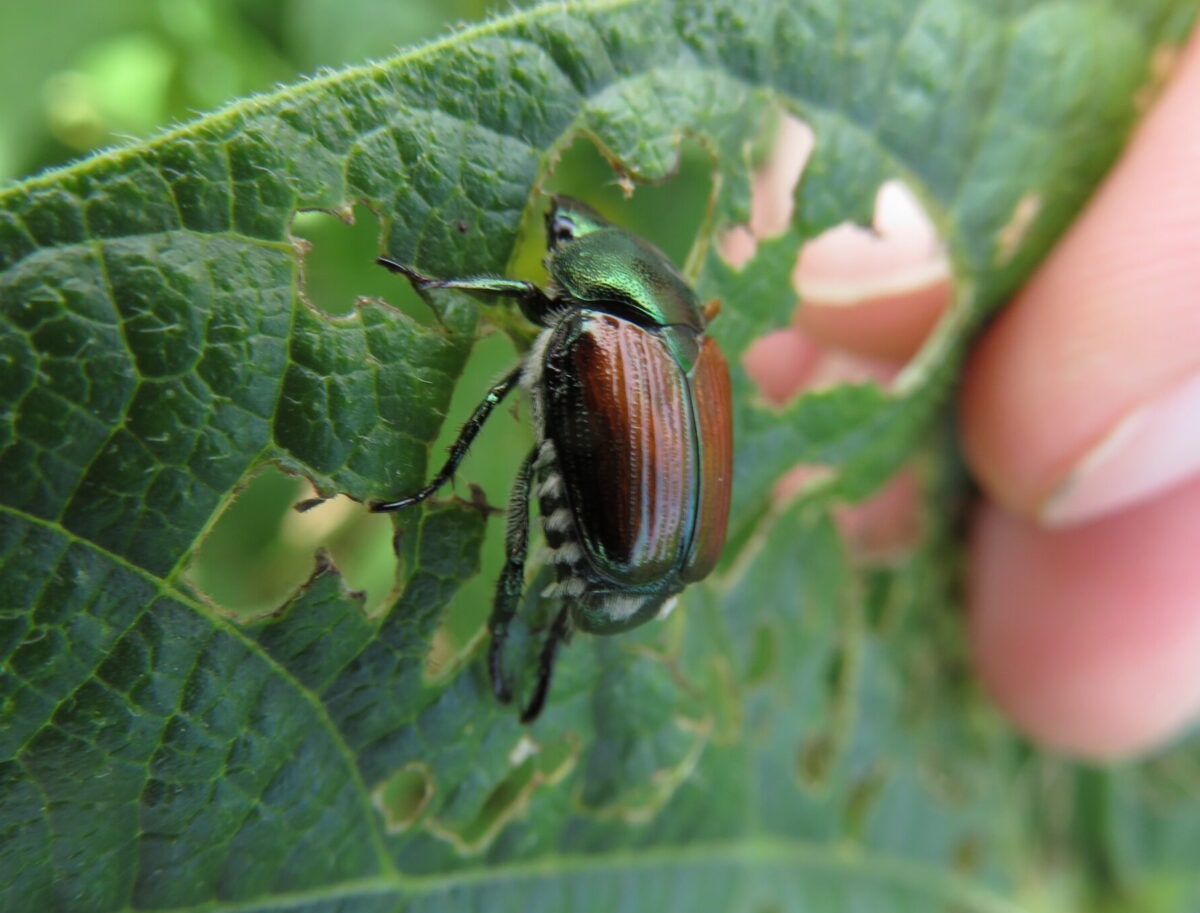
Japanese Beetle Dry Bean Agronomy

Controlling Japanese Beetles Eising Garden Centre
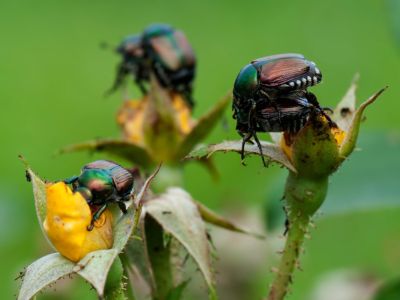
Japanese Beetles On Roses How To Control Japanese Beetles On Roses

Information On Plants That Deter Japanese Beetles And Plants Japanese Beetles Avoid

How To Prevent Japanese Beetles Garden Making
